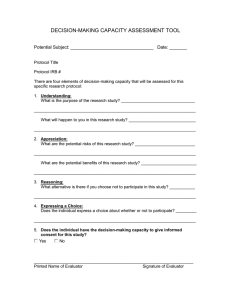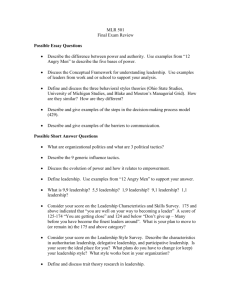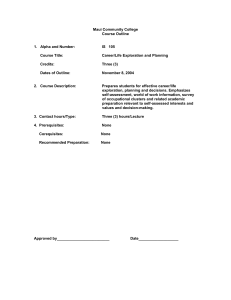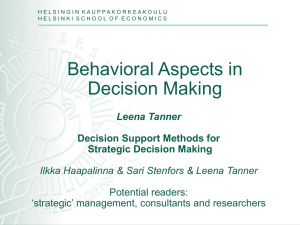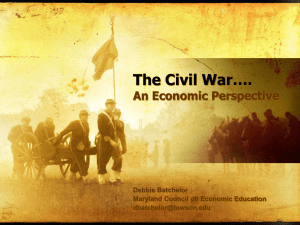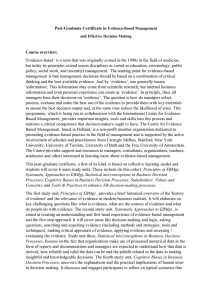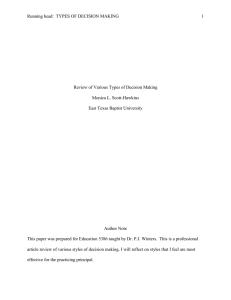Word
advertisement
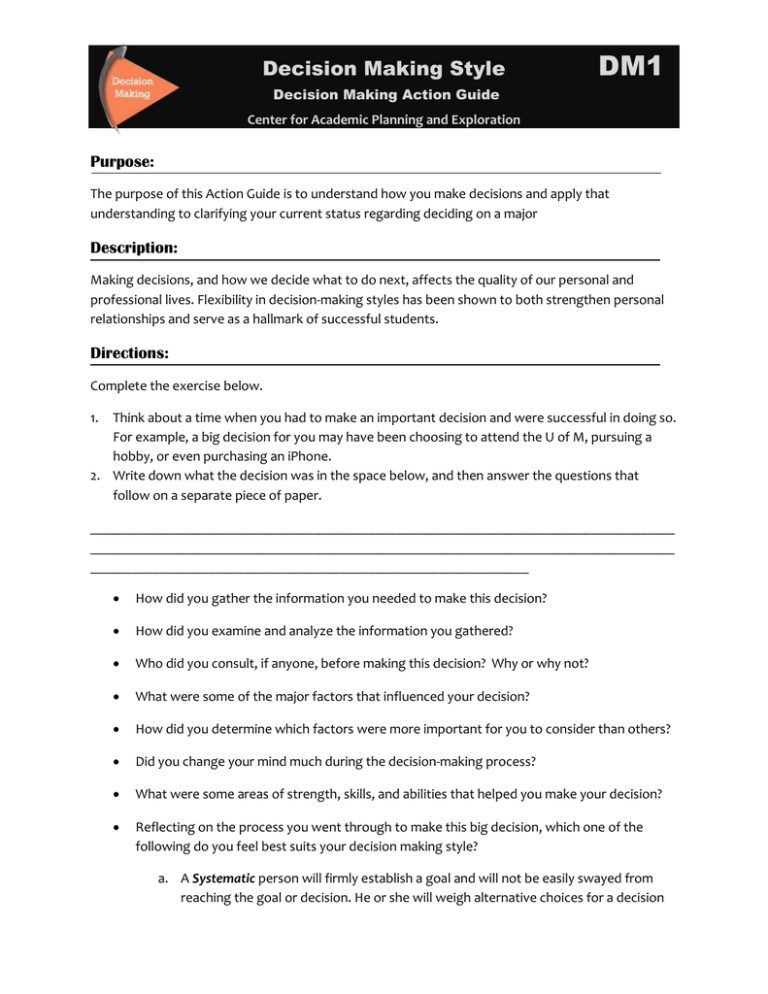
Decision Making Style DM1 Decision Making Action Guide Center for Academic Planning and Exploration Purpose: The purpose of this Action Guide is to understand how you make decisions and apply that understanding to clarifying your current status regarding deciding on a major Description: Making decisions, and how we decide what to do next, affects the quality of our personal and professional lives. Flexibility in decision-making styles has been shown to both strengthen personal relationships and serve as a hallmark of successful students. Directions: Complete the exercise below. 1. Think about a time when you had to make an important decision and were successful in doing so. For example, a big decision for you may have been choosing to attend the U of M, pursuing a hobby, or even purchasing an iPhone. 2. Write down what the decision was in the space below, and then answer the questions that follow on a separate piece of paper. ____________________________________________________________________________________ ____________________________________________________________________________________ _______________________________________________________________ How did you gather the information you needed to make this decision? How did you examine and analyze the information you gathered? Who did you consult, if anyone, before making this decision? Why or why not? What were some of the major factors that influenced your decision? How did you determine which factors were more important for you to consider than others? Did you change your mind much during the decision-making process? What were some areas of strength, skills, and abilities that helped you make your decision? Reflecting on the process you went through to make this big decision, which one of the following do you feel best suits your decision making style? a. A Systematic person will firmly establish a goal and will not be easily swayed from reaching the goal or decision. He or she will weigh alternative choices for a decision in a logical manner. Systematics prefer to focus in on the component parts of a decision, and once they have made a choice, they will not easily change their minds. b. A Spontaneous person will move quickly from one goal to another depending on how it “feels.” These people use a thought chaining process, in contrast to the logical approach of the Systematic. The Spontaneous will react globally to a situation, rarely focusing on the components of the situation. Goals will change rapidly. c. An Internal person will need to “think about it.” Those with this style prefer to turn inward to make a final decision. If pressured to decide before they have enough time, they will become confused or irritated. d. An External person will need to think aloud. Externals will not be certain of a decision unless they have had the opportunity to talk about it. In fact, Externals have a need to hear their words in order to make sense of them. Reflection Prompts: This next step is to get you to think of your answers above and your current decision-making process with your college major. When you meet with your coach, be prepared to discuss the following questions: Do you notice any differences in the way you’re going about deciding on a college major compared to the big decision you wrote about? If so, what are they and why do you think they exist? How can you apply the strengths that enable you to make your prior decision in helping you pick a major? What clues does your decision-making style offer about how you are thinking about your college major? How will achieving this goal keep you on track to graduate in timely manner? Adapted from: Gordon, V.N., & Sears, S.J. (2010). Selecting a College Major: Exploration and Decision Making. (6th edition). Columbus, OH: Pearson.
